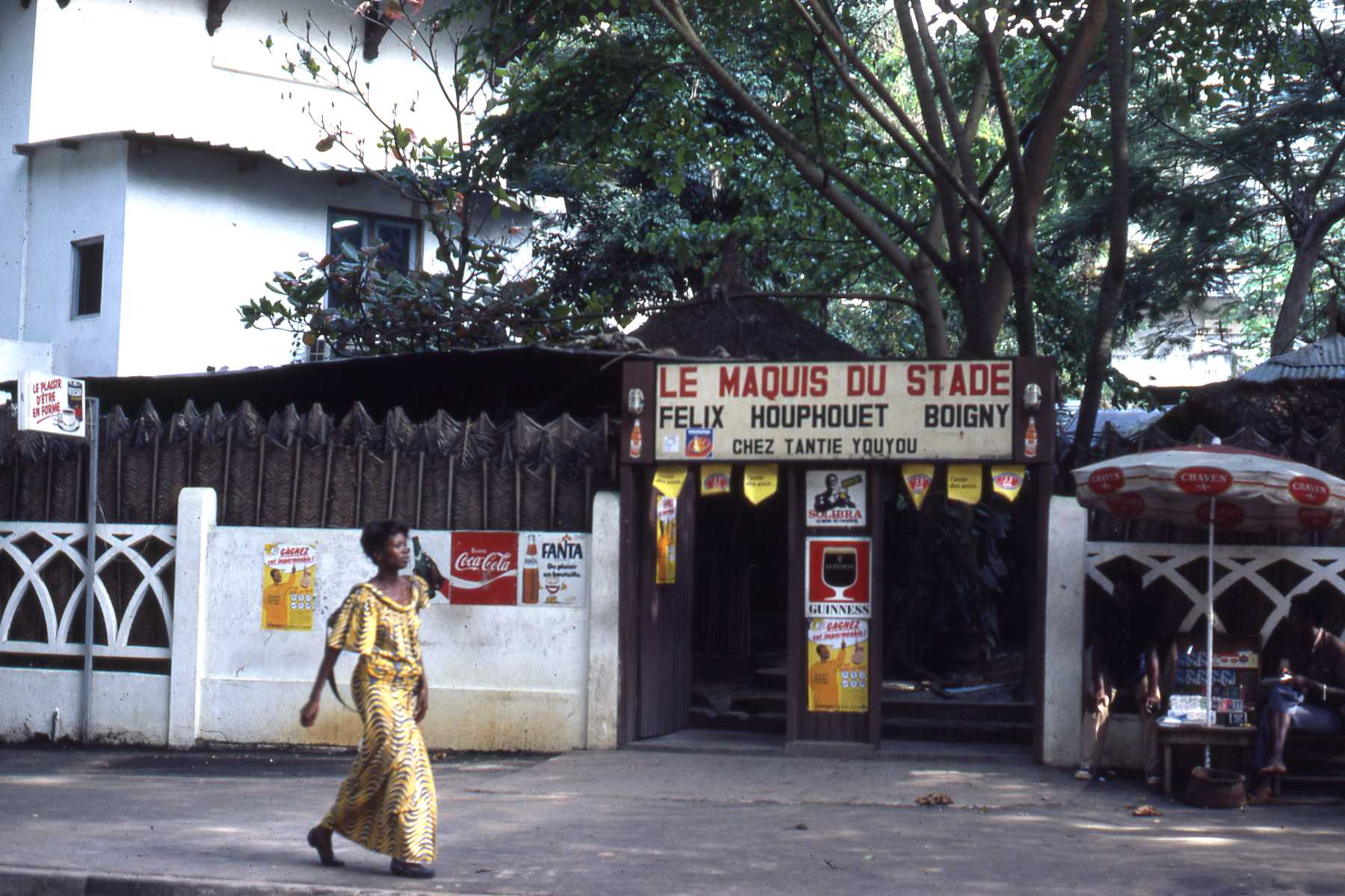Civil war
Filter by:
-
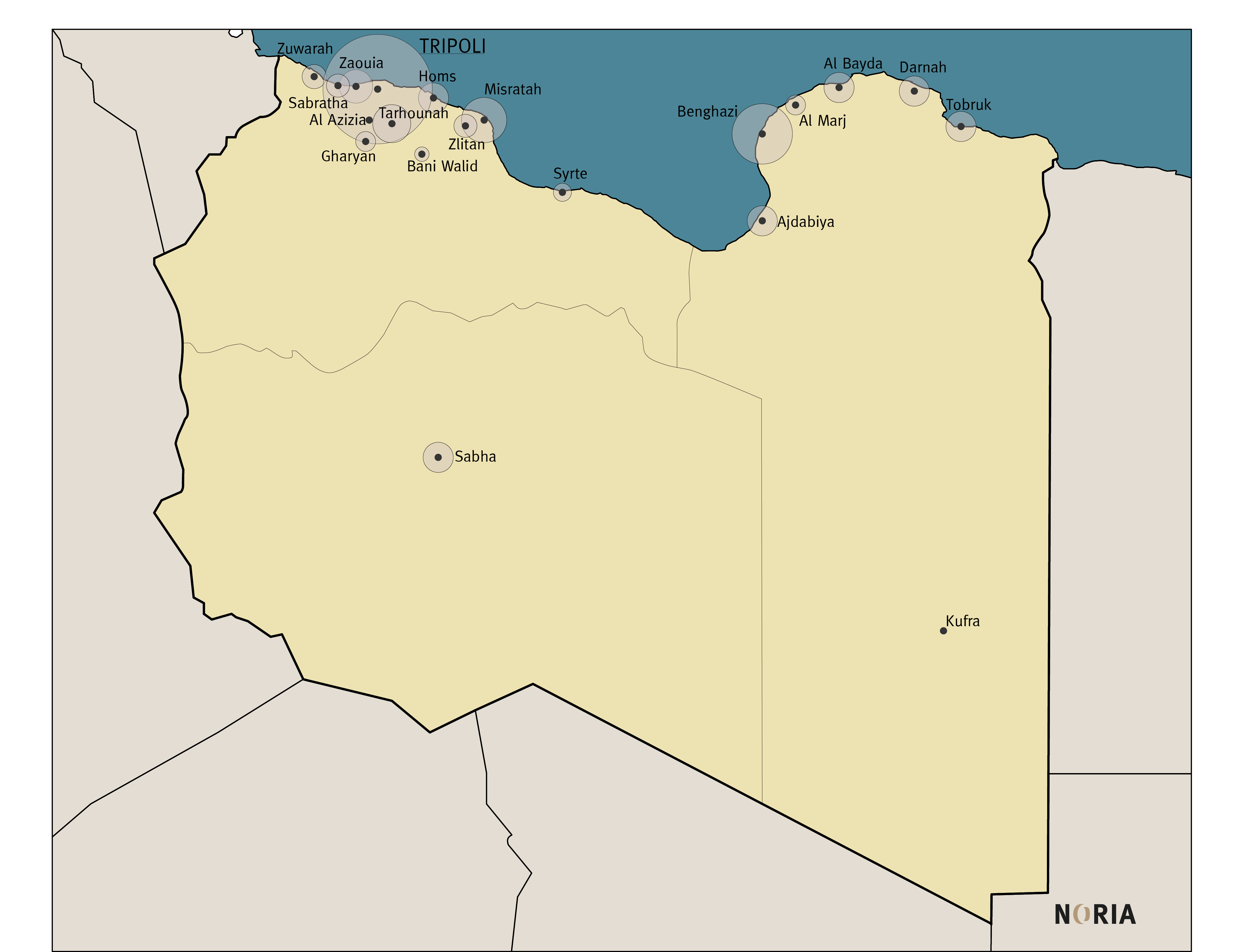
Noria Research
Libya’s Territorial and Institutional Division
-

Noria Research
Actors and Territories in Northern Iraq
-
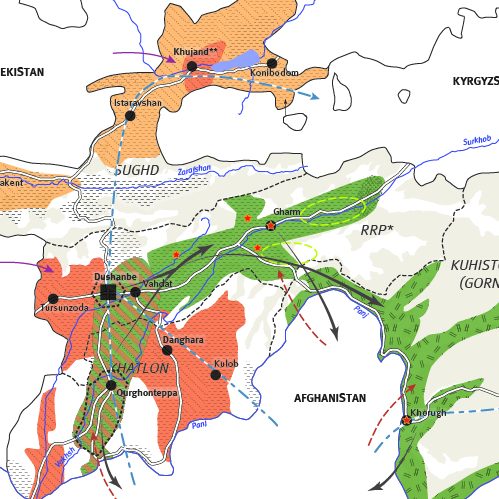
Noria Research
The Dynamics of Peace Process in Tajikistan
-
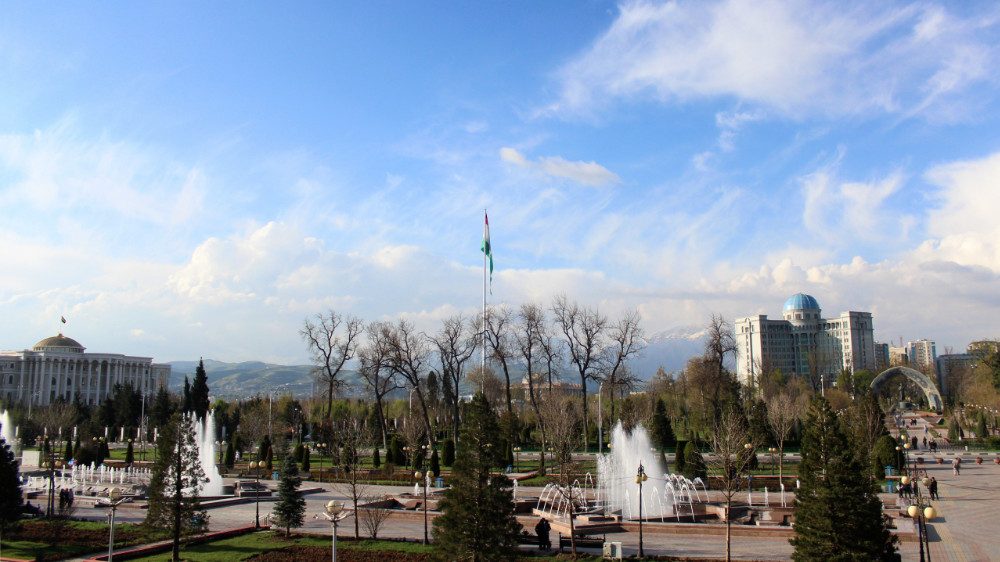
Noria Research
The Dynamics of the Peace Process in Tajikistan: Power-Sharing and the Unravelling of the post-Civil War Status Quo
-
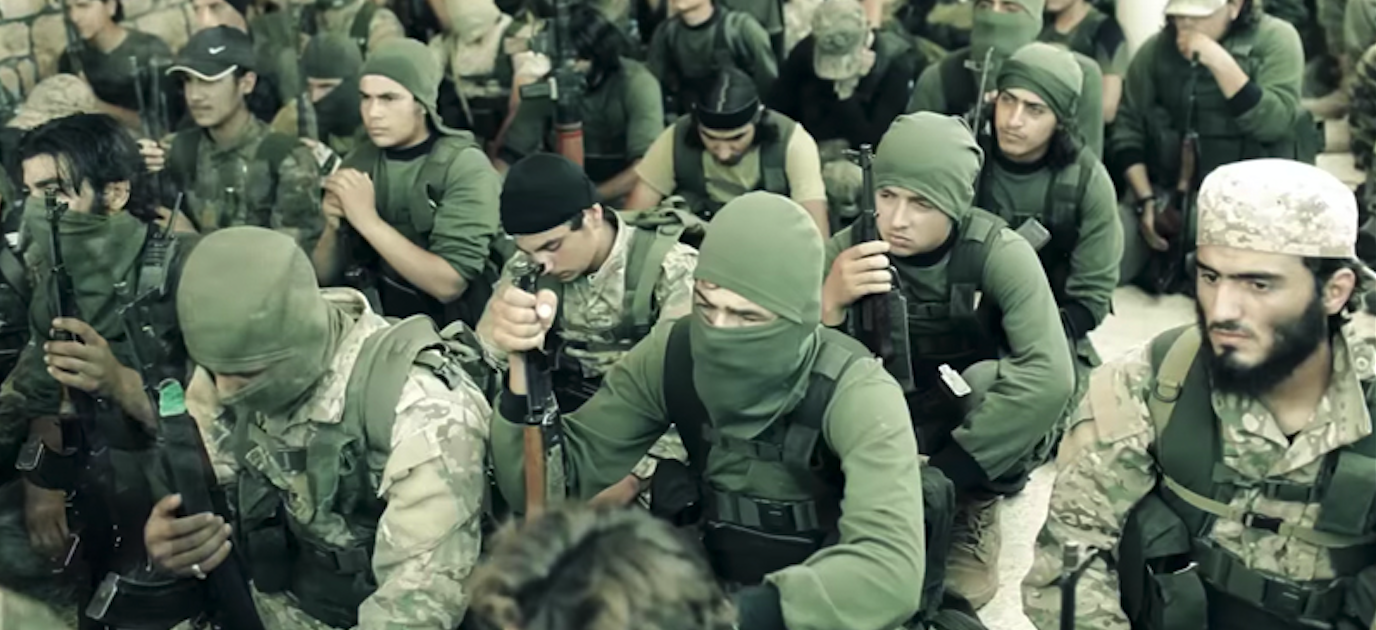
Noria Research
The strategy of Jabhat Al-Nusra / Jabhat Fath Al-Sham in regarding the truces in Syria
-

Noria Research
Iraq from the Ground
-
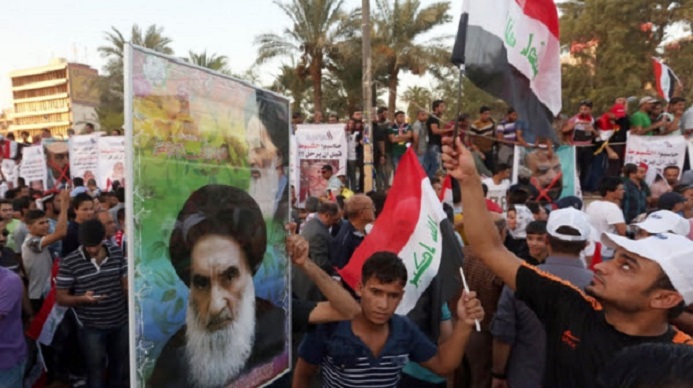
Noria Research
Shiite nationalism? Sistani, Present in Absence
-
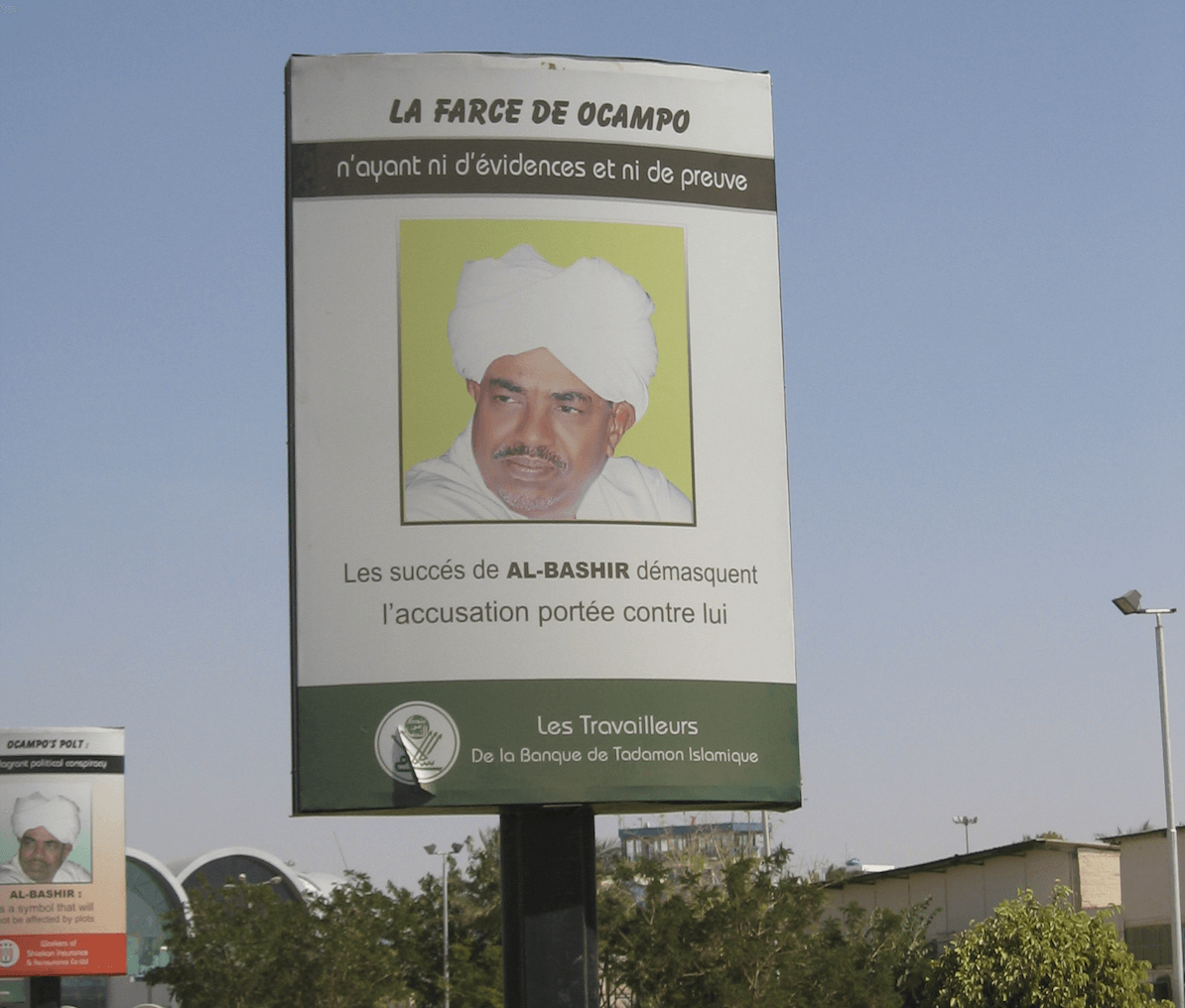
Noria Research
The ICC and the Crime of Genocide: Maneuvering the Status of Minority in Darfur

